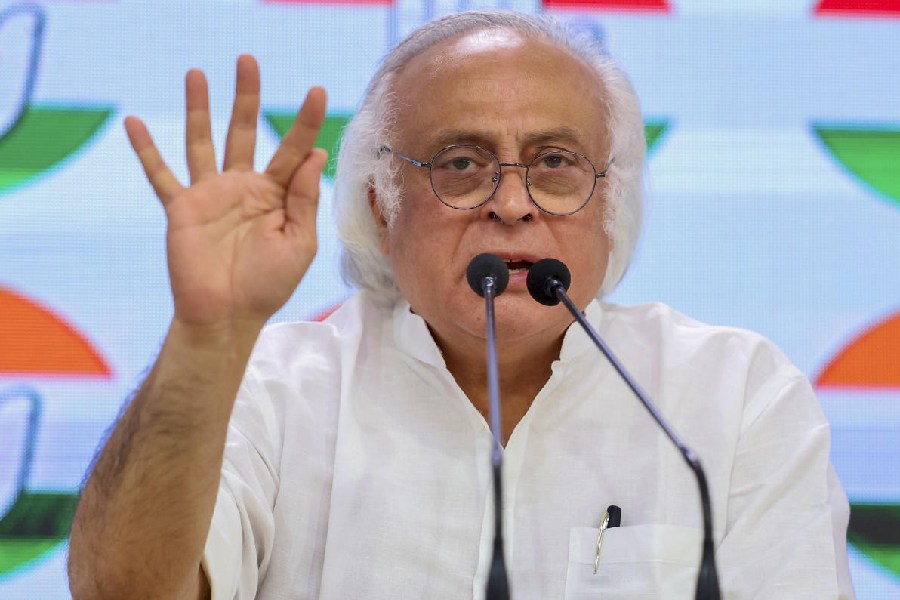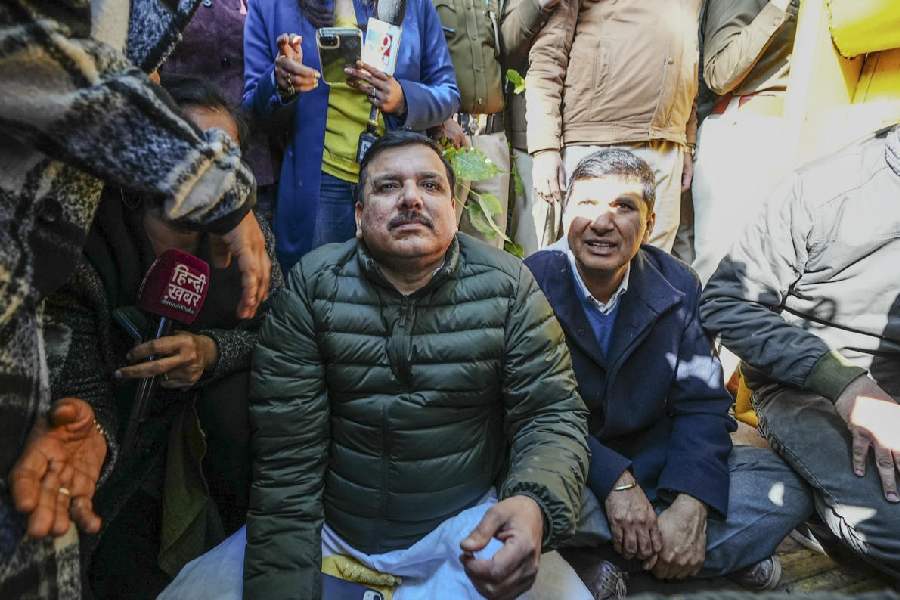Several military veterans have aired scepticism about the reported India-China proposal to disengage from the Pangong Lake and expressed fear that if true, it could represent a Chinese attempt to push India farther away from the Line of Actual Control.
The Chinese Communist Party-run Global Times newspaper on Thursday described as “inaccurate” the Indian media reports about the purported disengagement plan, based on claims made by unnamed Indian government sources on Tuesday.
In the absence of specifics about the plan, a veteran suggested that China might be trying to create a buffer zone within Indian territory similar to the one in the Galwan Valley. He said the defence ministry should make the plan public if indeed one was being discussed.
The July disengagement in the Galwan Valley had involved both sides pulling back 1.5km to create a 3km “buffer zone” that left the Chinese still within India-claimed territory. India, in contrast, lost its right to patrol a further strip of territory it used to control.
India’s losses could be heavier if a repeat occurs at the Pangong Lake, where the Chinese are estimated to have advanced at least 8km within India-claimed lines, veterans said.
“There’s a growing feeling among some defence ministry officials that the purported plan reflects a Chinese push to create another buffer zone within Indian territory,” the veteran said. “The government should come clean.”
There’s been no official word from either country’s government or army about the purported disengagement plan.
On Tuesday, government sources seeking anonymity had claimed a three-phase disengagement plan at the Pangong Lake.
“It’s at a proposal stage and the modalities are being worked out. The big takeaway is that the Chinese are flexible this time and have shown interest in disengagement from the friction point,” one of the sources had said.
A second veteran said that any buffer zone at the Pangong Lake would mean “India ceding territory and giving legitimacy to China’s claims” on the area.
A retired lieutenant general sounded similar fears. He was sceptical about the possibility of a disengagement pact, however, citing how Chief of Defence Staff Bipin Rawat had described the frontier as “tense amidst transgressions and belligerent actions by the Chinese” and warned that a wider conflict could not be ruled out.
Global Times on Thursday said: “Indian media’s reports that detailed arrangements for a proposed disengagement plan are being discussed and finalised by Chinese and Indian militaries are inaccurate and not helpful for the two sides to reach their established goals.
“Some Indian media outlets are good at projecting India’s tough stance through partially true and partially false information, with the aim of stirring up domestic nationalism.”
On Thursday, India’s foreign ministry sidestepped questions about the purported disengagement plan, saying: “When we have something to share, we will share.”
It said that during the November 6 talks, “both sides exchanged views on disengagement at all friction points” and “agreed to maintain dialogue and communication”.











